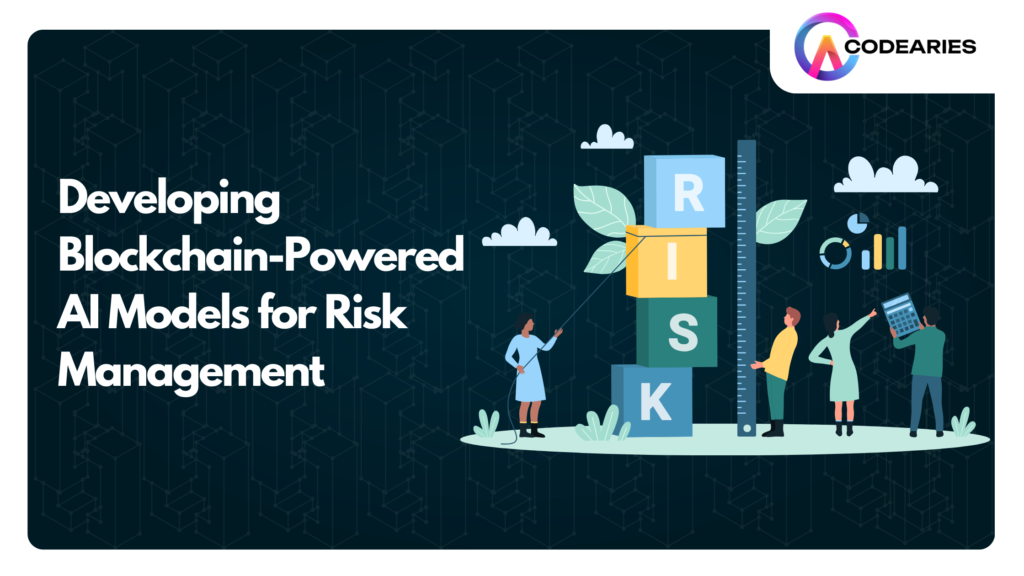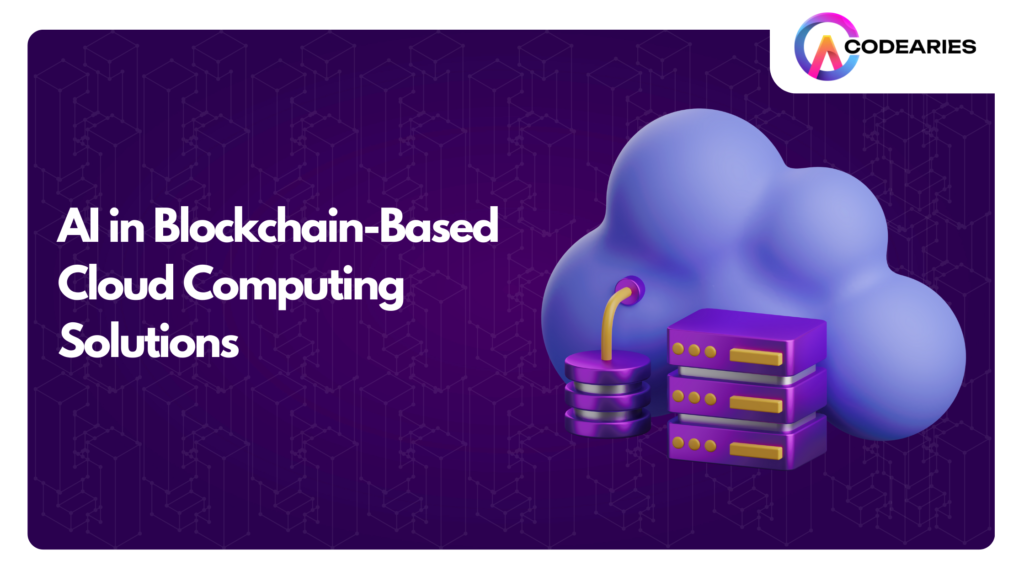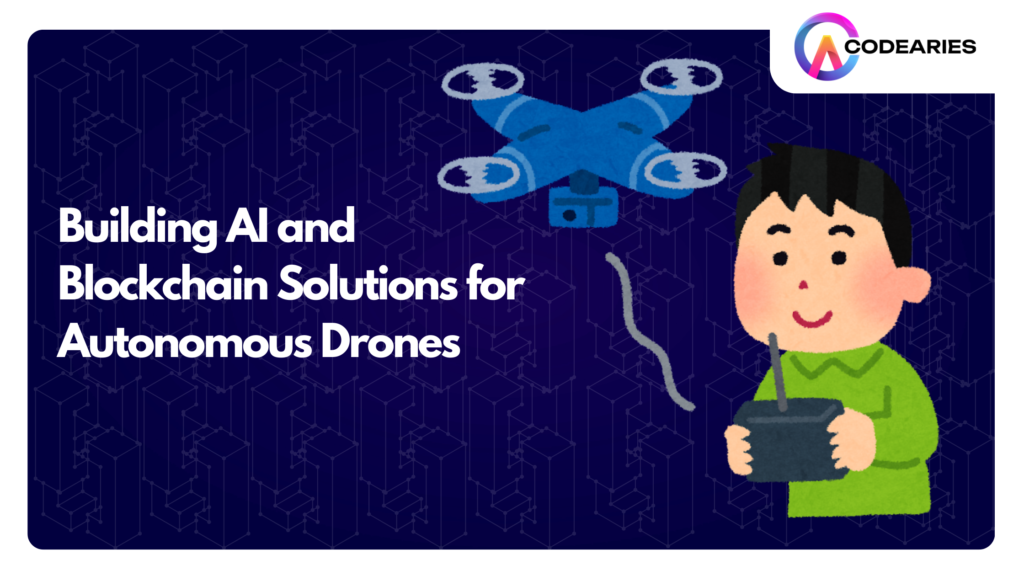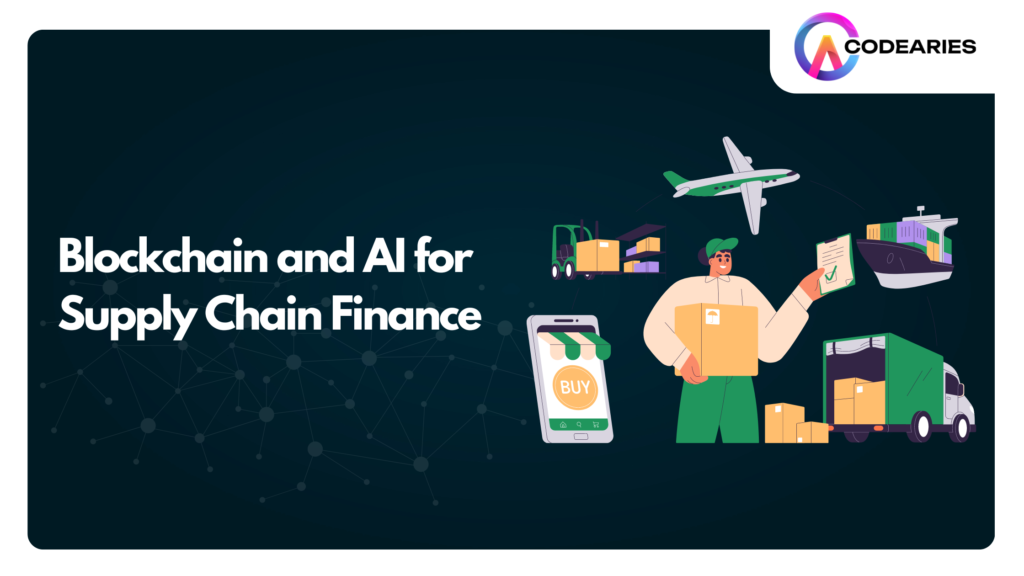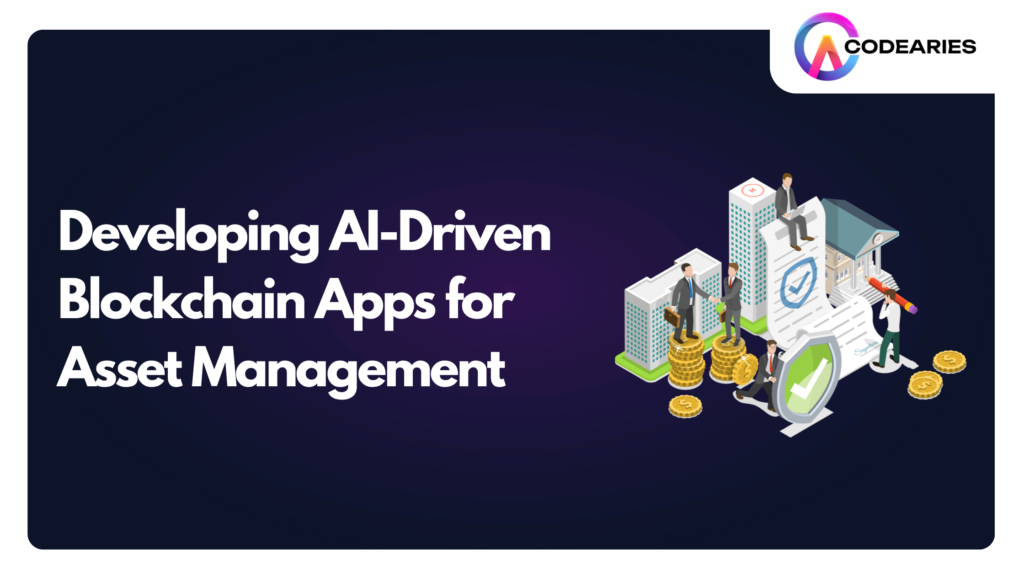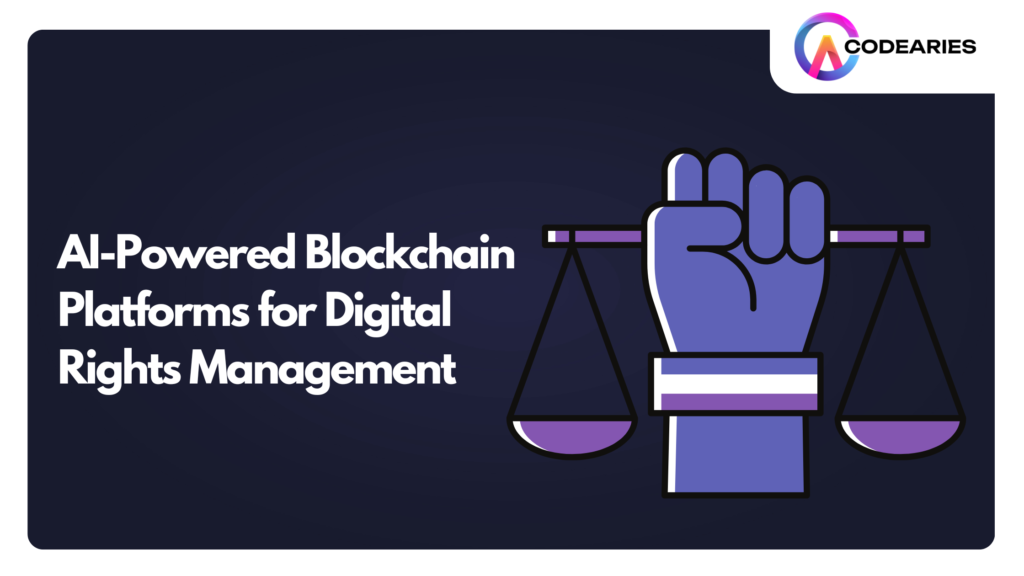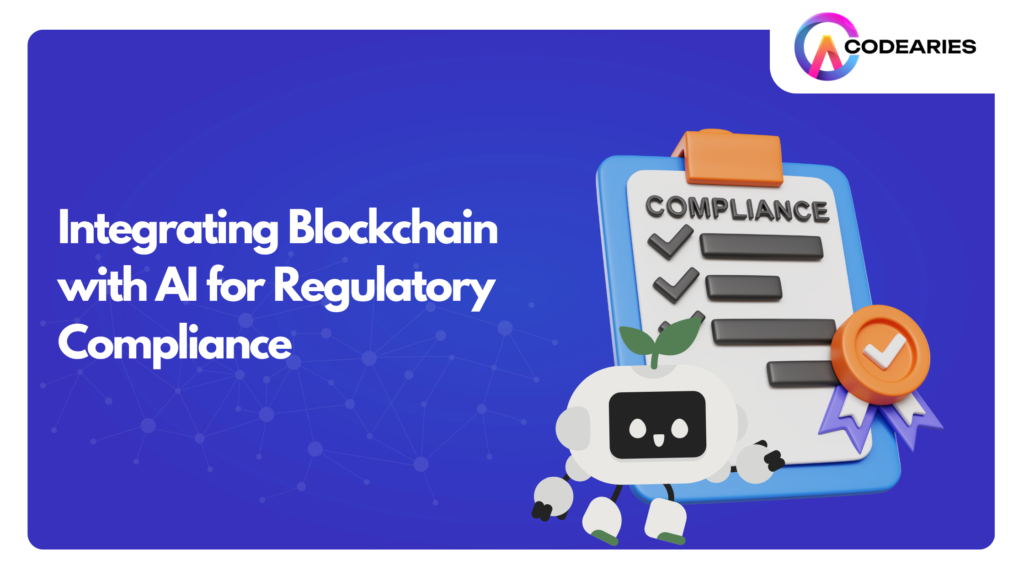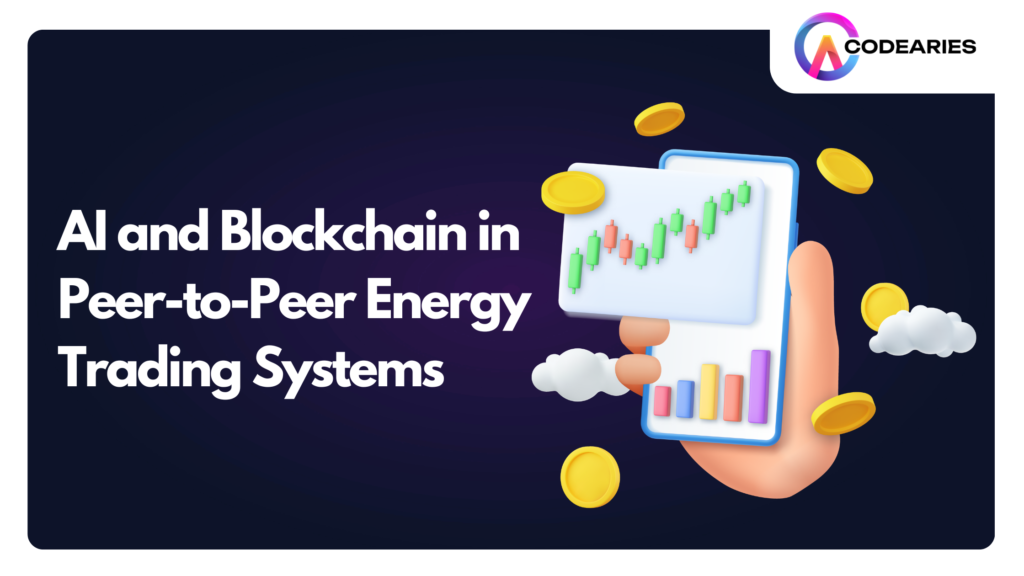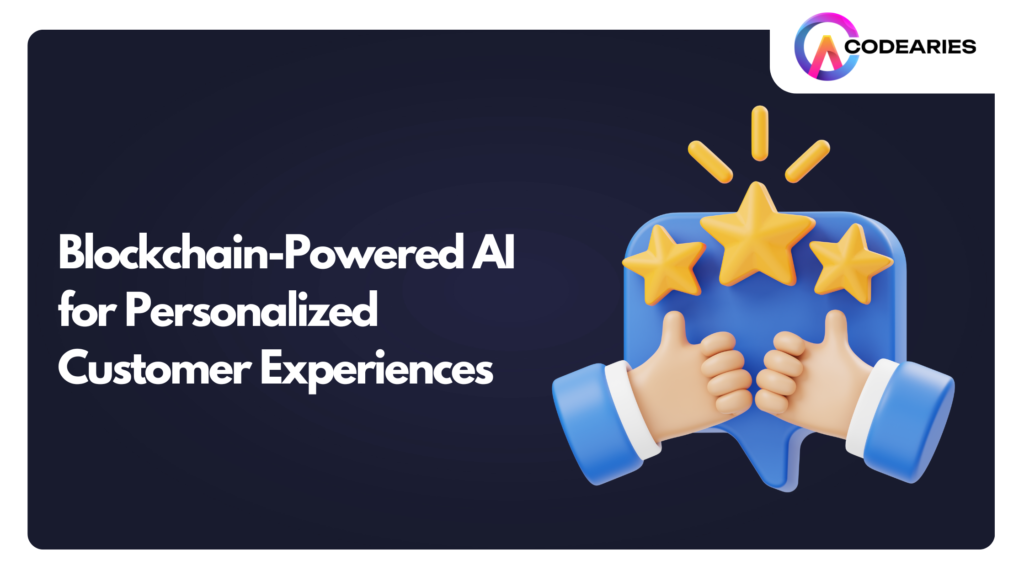Blockchain-Based AI Marketplaces for Digital Art and NFTs
In recent years, the fusion of blockchain technology, artificial intelligence (AI), and digital art has opened up new avenues for creativity, ownership, and monetization. Blockchain-based AI marketplaces are reshaping how artists, collectors, and AI engage with digital art and Non-Fungible Tokens (NFTs). This groundbreaking intersection has revolutionized the art world, offering decentralized platforms where ownership is transparent, secure, and global. Blockchain-based AI marketplaces are more than just marketplaces—they are ecosystems that empower artists with smart contracts, enable AI-driven creativity, and offer collectors unique ways to invest in digital assets. How Blockchain is Transforming Digital Art Blockchain technology is reshaping the digital art by introducing unprecedented security, transparency, and authenticity. Here’s how blockchain is revolutionizing digital art: Enabling Fractional Ownership One of the transformative aspects of blockchain in digital art is its ability to divide ownership of artworks. A single piece of digital art can be split into smaller shares through fractional ownership, allowing multiple people to own a fraction of the artwork. This innovation democratizes access to high-value digital art, allowing a wider audience of collectors to participate in the art market. Royalties for Artists Blockchain technology also allows for automated royalty systems. Smart contracts can be programmed to make sure that artists receive a percentage of every resale of their work. This guarantees that artists benefit financially not only from the initial sale but also from future transactions. This system ensures fair compensation for artists, providing an ongoing income stream as their works change hands. Decentralized Art Marketplaces Blockchain-based platforms enable artists to connect directly with collectors, bypassing traditional intermediaries such as galleries or auction houses. These decentralized marketplaces often feature lower fees, making art transactions more cost-effective for both parties. By cutting out the middleman, blockchain allows for a more direct and efficient buying and selling process, empowering artists to take control of their sales. Introduction of New Business Models The emergence of non-fungible tokens (NFTs) is a game-changer in the digital art. NFTs are unique digital tokens representing ownership of specific digital assets, such as art, music, or virtual real estate. NFTs create a sense of digital scarcity, giving digital artworks a collectable value that wasn’t possible before. This new business model allows artists to monetize their digital creations in previously unimaginable ways. Global Accessibility Blockchain facilitates seamless international transactions, allowing digital art to reach a global audience. Artists worldwide can participate in the digital art market, and collectors can purchase works without geographical limitations. This borderless market creates more opportunities for artists to gain exposure and for collectors to discover unique pieces.In summary, blockchain technology is driving a revolution in the digital art world by providing solutions to long-standing challenges such as authenticity, royalties, and security. By opening up new business models and enhancing accessibility, blockchain empowers artists and collectors, offering a more secure, transparent, and inclusive platform for the digital art market. How Artists Can Profit from Their Digital Creations Blockchain-based AI marketplaces offer artists numerous ways to profit from their digital creations. Through NFTs, artists can sell their work in exclusive, limited editions or as one-of-a-kind pieces. Additionally, smart contracts can be designed to pay artists royalties every time their work is resold on the secondary market, creating ongoing revenue streams.Artists can also use AI to produce works more efficiently, opening up new opportunities for collaboration and innovation. AI-generated art, tokenized as NFTs, represents a new frontier in creative expression and monetization. AI as a Creative Catalyst in Digital Art Artificial Intelligence (AI) is revolutionizing the digital art landscape, acting as a transformative force for artists and collectors. From generating innovative pieces to enhancing human creativity, AI’s influence is increasingly pivotal in the evolution of digital art. The Global AI in Art Market size is expected to be worth around USD 40.4 Billion By 2033, from USD 3.2 Billion in 2023, growing at a CAGR of 28.9% during the forecast period from 2024 to 2033. SOURCE Key Roles of AI in Digital Art Creation Generative Art: Style Transfer: AI can blend the stylistic elements of one artwork with another, resulting in unique and captivating compositions. Random Generation: Algorithms can create new digital artworks by following specific parameters or constraints. Augmented Creativity: Inspiration: By analyzing extensive datasets of existing artworks, AI can spark fresh ideas and inspiration for art Collaboration: AI can work alongside artists, offering data-driven suggestions and enhancements to their creations. Customization: Personalized Art: AI has the capability to generate tailored artworks that align with individual preferences and tastes. Interactive Art: AI-driven algorithms can create interactive pieces that respond to user interactions, enhancing engagement. Accessibility: Democratization of Art: AI tools empower individuals to create and appreciate digital art, regardless of their prior artistic experience. Lower Barriers to Entry: With AI, aspiring artists face fewer technical obstacles, making it easier to create digital art. How AI Enhances Digital Art Marketplaces Artificial Intelligence (AI) is transforming the digital art landscape by offering tailored recommendations and enhancing the buying experience for art enthusiasts. Through advanced algorithms, AI can analyze extensive datasets encompassing user preferences, purchase histories, and artwork characteristics to curate personalized art suggestions that resonate with individual tastes. Key Roles of AI in Customizing Digital Art Marketplaces User Preference Analysis: Data Collection: AI systems accumulate data on users’ browsing behaviours, preferences, and past purchases. Pattern Recognition: These algorithms detect trends and patterns within this data to gain insights into users’ unique artistic inclinations. Artwork Analysis: Visual Features: AI can evaluate various visual elements of artworks, including colour schemes, composition, and stylistic nuances. Semantic Understanding: AI can comprehend artworks’ thematic and subject matter aspects, offering more profound insights into their meanings. Personalized Recommendations: Tailored Suggestions: AI can generate customized recommendations that closely align with individual tastes by utilizing insights from user preferences and artwork analyses. Discoverability: This feature enables users to uncover new artists and art styles they may not have previously considered, broadening their artistic horizons. Interactive Experiences: Virtual Galleries: AI-driven virtual galleries create immersive environments where users can explore artworks in a three-dimensional space. Personalized Exhibitions: AI can organize unique exhibitions


